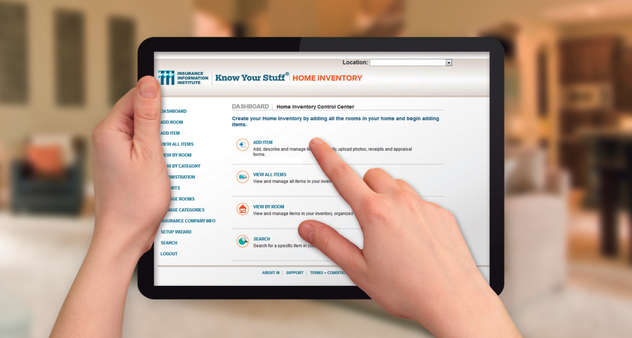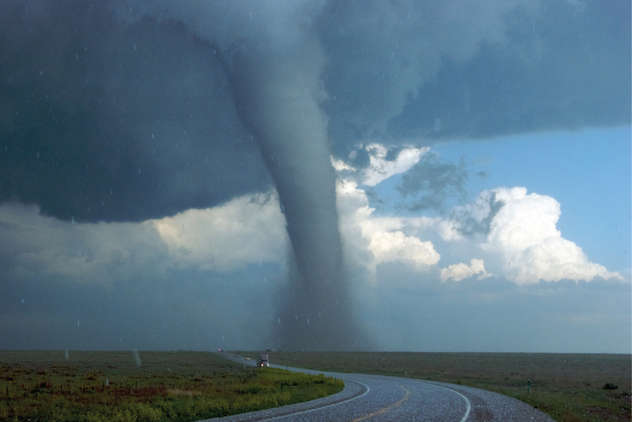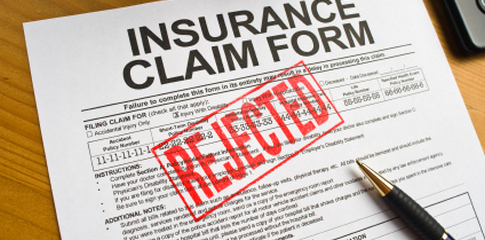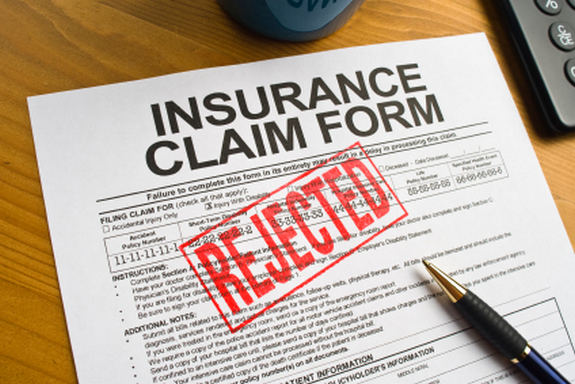
by Eddie Rodriguez, CAIB | Aug 30, 2014 | Research Centre

WHEN IT COMES TO INSURANCE, THERE ARE MANY DETAILS AND REQUIREMENTS THAT ARE NOT OFTEN THOUGHT OF UNTIL YOU ARE FACED WITH A CRISIS SITUATION, AT WHICH POINT IT IS OFTEN TOO LATE.
One such detail is that you are required to provide a schedule of contents lost or damaged as part of a claim.
- This schedule requires information such as:
- A description of the item(s);
- Date purchased and where the item(s) were purchased;
- Purchase price;
- Current replacement cost;
On the surface, this seems like a pretty straightforward and simple task, but disasters always have a tendency to strike when least expected. Imagine coming back from vacation to your home or business and finding nothing but a pile of burnt rubble. Once the initial steps in the claim process have been taken care of, you will now be required to provide a list of items lost in the claim.
Where do you begin and how are you going to ensure that you are fully indemnified for your loss? Will you remember every single item that was inside your home or business?
Not likely.
A great preventative measure to help ensure an accurate and prompt claim settlement is to complete a home or business inventory ….. now. Before it’s too late!
Although initially an inventory does require some work, it is an invaluable tool in the event of a crisis.
In addition to ensuring that all contents can be listed and included in a claim, an inventory will ensure that you are carrying an appropriate amount of coverage on your personal property or business contents.
SOME QUICK TIPS WITH RESPECT TO INVENTORIES:
- To save time, use digital photos or video if available. Something is better than nothing.
- Make sure you update the inventory from time to time, perhaps at renewal time. A 5 year old inventory is not likely to be accurate.
- Keep a duplicate copy offsite. As your broker, we’d be happy to help you by keeping a copy of your inventory in your file.
Don’t risk financial loss or down time. Complete an inventory for peace of mind.
And if you’re not sure where to begin, contact us, and we will e-mail you a copy of an easy-to-follow inventory checklist.

by Eddie Rodriguez, CAIB | Jul 26, 2014 | Research Centre

DON’T LET A TORNADO BLOW YOUR ASSETS AWAY
ON AUGUST 21, 2011, THE FIRST F3 TORNADO IN OVER 15 YEARS HIT THE LAKESIDE TOWN OF GODERICH, ONTARIO, CAUSING OVER $75 MILLION DOLLARS IN DAMAGE. LIKEWISE, ON JUNE 6, 2010, AN F2 TORNADO WENT FROM HARROW THROUGH KINGSVILLE AND LEAMINGTON, ONTARIO, BEFORE DISSIPATING NEAR POINT PELEE NATIONAL PARK, CAUSING $120 MILLION DOLLARS IN DAMAGE.
These tornadoes are a vivid reminder of the threat windstorms pose to life and property, as well as emphasize the importance of having the right insurance coverage.
No matter where you live, you need to have the right amount and type of insurance in order to recover financially after a natural disaster.
Across Canada, Ontario, Alberta, Manitoba and Saskatchewan average the most tornadoes per season, at approximately 15, followed by Quebec with less than 10. New Brunswick and the interior of British Columbia are also recognized tornado zones. All other provinces and territories have significantly less threat from tornadoes. The peak season in Canada is in the summer months when clashing air masses move north, although tornadoes in Canada have occurred in spring, fall and in the rarest of cases, winter. This differs from the United States’ southern-central plains, when spring is the most prominent season for tornadoes.
For a variety of reasons, such as Canada’s lower population density and generally stronger housing construction, due to the colder climate, Canadian tornadoes have historically caused fewer fatalities than tornadoes in the United States.
The standard homeowners and business insurance policy covers wind damage including that caused by tornadoes to the structure of the building and contents including broken windows and removal of debris.
However, you should make sure your coverage limits reflect the cost of rebuilding the structure, removing the debris and fully replacing personal belongings.
It’s important to make sure you have purchased ‘replacement cost coverage’ on your business policy and your homeowners’ insurance policy. If you have a business policy, it is also important that you carry ‘blanket bylaws coverage’ on your policy.
A homeowners’ policy also provides ‘Additional Living Expense (ALE) coverage’ to pay the costs of living away from home if you cannot inhabit your house due to damage from an insured disaster.
The policy ALE provision covers hotel bills, restaurant bills, and other living expenses incurred while away from your home, while it is being repaired or rebuilt.
‘Guaranteed Replacement Cost (GRC)’ or ‘Additional Rebuilding Cost (ARC)’ is another homeowner’s insurance coverage that can provide extra coverage, over and above the limit you have on your home insurance policy.
For example, let’s say you have your home insured for $400,000 – a tornado destroys 200 homes in your area, and building costs and inflation cause the replacement of your home to be $450,000. The GRC and ARC coverage’s would pay this additional amount subject to the terms and conditions of your policy. Make sure you review these coverages with your broker.
If you own a business that has been damaged, ‘business interruption coverage insurance’ is important to make sure you have revenue to continue to make your payments when a tornado has impaired your business. There are many different forms of business interruption, and as a business owner, you should review this on a regular basis with your insurance broker.
Damage to cars, trailers, motor homes and ATV’s are covered under the ‘comprehensive optional coverage’ portion of the policy. Marine insurance policies will usually cover damage to boats from wind.
Please make sure you review your insurance policies with your insurance broker on a regular basis to make sure your assets don’t get blown away, should a Tornado destroy or damage your home and business. With changing weather patterns, your home could be the next target.
For more information on your coverage options, call your insurance broker.

by Colin Moor, CAIB | Jul 12, 2011 | Research Centre

Imagine your home is damaged. You call your insurance agent to report the claim. And then you hear the worst news possible, “I’m sorry. That’s not covered by your policy.”
Now, you have a real problem.
The unfortunate truth is no insurance policy covers you for everything that could possibly happen to you or your property. However, with a little bit of understanding you can make sure you have the protection you want … and make sure your claims get paid by the insurance company.
Beware: It’s Not Always Covered
Just because you have an insurance policy that doesn’t mean your home is covered for everything.
Your home policy doesn’t cover you against every “cause of loss”.
What’s that?
Fire is a cause of loss. High wind is a cause of loss. These are also known as “perils” in insurance terminology.
A standard home policy excludes many causes of loss. That is, it does NOT protect you from certain perils – like earthquake, flood and surface water, termite damage and many more. That means if your home is damaged by one of these excluded perils your policy will not respond. You have no insurance against them.
If you want insurance against some of these perils, you can buy it … like earthquake or flood insurance. However, some excluded perils are not insurable … like insect damage. Be sure to discuss your policy exclusions with a broker in our office and buy the protection you really need. Don’t be caught by surprise after the damage is done. It’s too late to buy insurance then.
Special Limits On Personal Property
As if your home policy wasn’t complicated enough already it includes “special limits” of protection for some of your personal property. A “special limit” reduces the protection specifically available for certain types of property.
Property subject to a special limit typically includes … property used for business … cash & coin collections … jewelry & furs … guns … silverware … and more.
Additionally, some of these special limits apply only if the property is lost or stolen – making things just a little more confusing.
For example, the standard home policy typically includes only $1,000 of protection for stolen jewelry. If your $2,500 diamond engagement ring is stolen you’ll get only $1,000 from the insurance company. Ouch! And, if the stone falls out of the ring and is lost, there may be NO coverage at all!
The bottom line is it’s very important you fully discuss these conditions and special limits with your broker and buy the protection you need. Otherwise, you could find yourself with a very nasty surprise … an unpaid claim!
Conducting Business At Home
WARNING! Your home policy has very strict limits and rules about business conducted at home. The protection offered by your policy is severely limited if your claim arises from business activities. Your business property has very little coverage. And in some cases you may have no liability protection at all.
This is not something to take lightly and just assume everything will be fine. Be sure to discuss your home business activities with a licensed broker in our office to make sure you’re still protected.
Other Exclusions and Options
The standard home policy excludes protection for many things. But then the insurance company gives you an opportunity to buy some of them back.
Additionally, you have the option of increasing protection where you personally need it.
There are literally dozens of optional coverages available in your home policy. Here are some of the more common options available to you:
Identity Theft – many home insurers now offer protection for Identity Theft in their home policies. This will help pay the expenses you incur to restore your identity if it’s stolen.
Water & Sewage Backup – the standard home policy excludes damage caused by a water or sewage system backup. You can buy this protection if you want it.
Ordinance & Law –– pays the increased costs of repairing or rebuilding your home that are a result of changes in local building codes. For example, your home has single paned windows. After a loss, the local building department requires double-paned windows. This endorsement pays for the increased cost required by the new building code or bylaw.
Packaged Endorsements – often times an insurance company will package the optional coverages people most commonly buy into a single endorsement. That means for a lower price you can get several optional coverages added to your policy.
There are many more optional coverage and exclusion buy-backs your broker can explain to you. Take a few moments to understand them and make good decisions about your protection.






